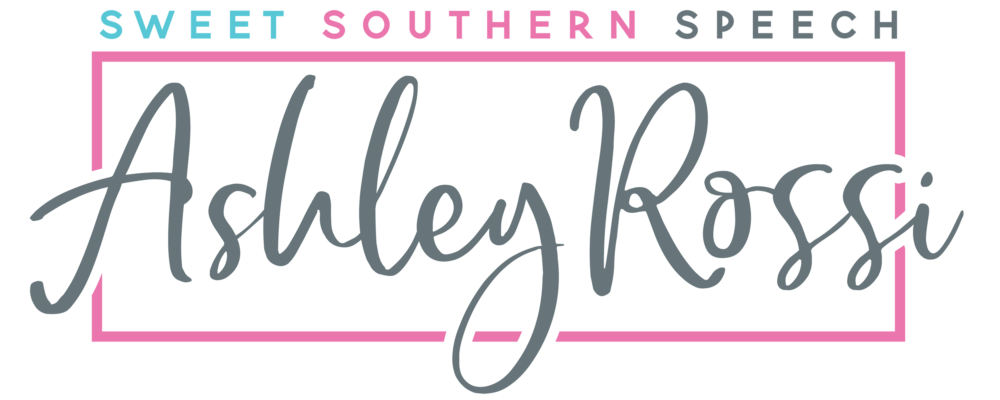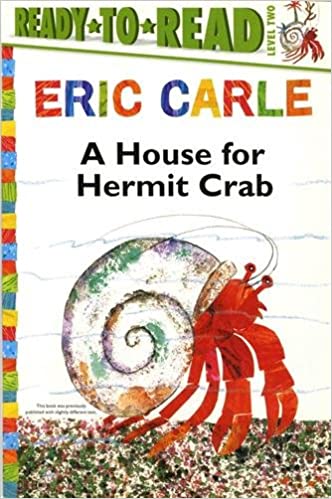In this classic story from Eric Carle, Hermit Crab grows out of one house after another as he searches for the perfect home. Children who must change schools, move to a new town, or even graduate to a new grade in school will relate to Hermit Crab’s situation and take heart as they see that growing up isn’t really so scary after all. Filled with whimsy and wisdom—and based on the true behaviors of the hermit crab—this modern classic features Eric Carle’s trademark vibrant collage illustrations and lively text that has been adapted into a Level 2 Ready-to-Read edition, making it ideal for newly independent readers.
This sweet and creative summer and ocean themed book can be used in speech therapy to address social/emotional issues like learning to cope with changes of growing. It is also great for targeting describing, inferencing, sequencing, and predicting. Discover more of the speech and language teaching concepts for using A House for Hermit Crab in speech therapy below:



